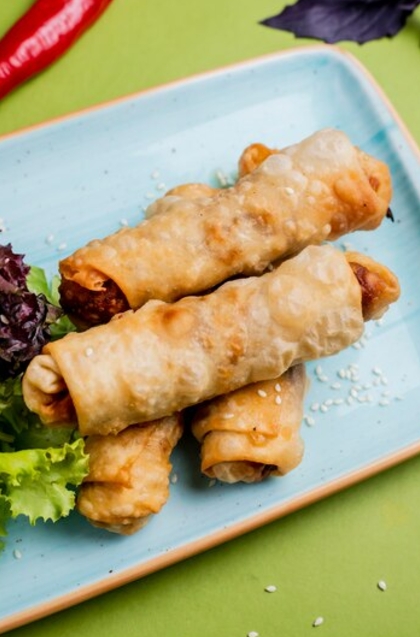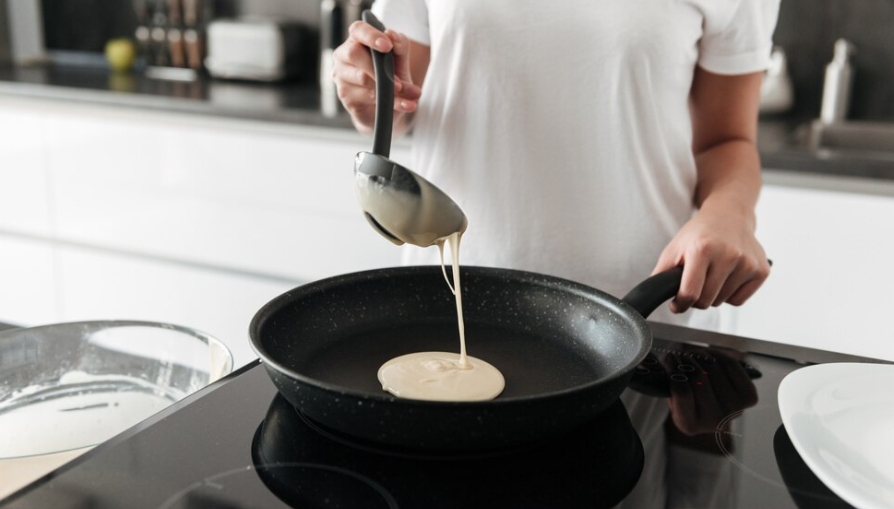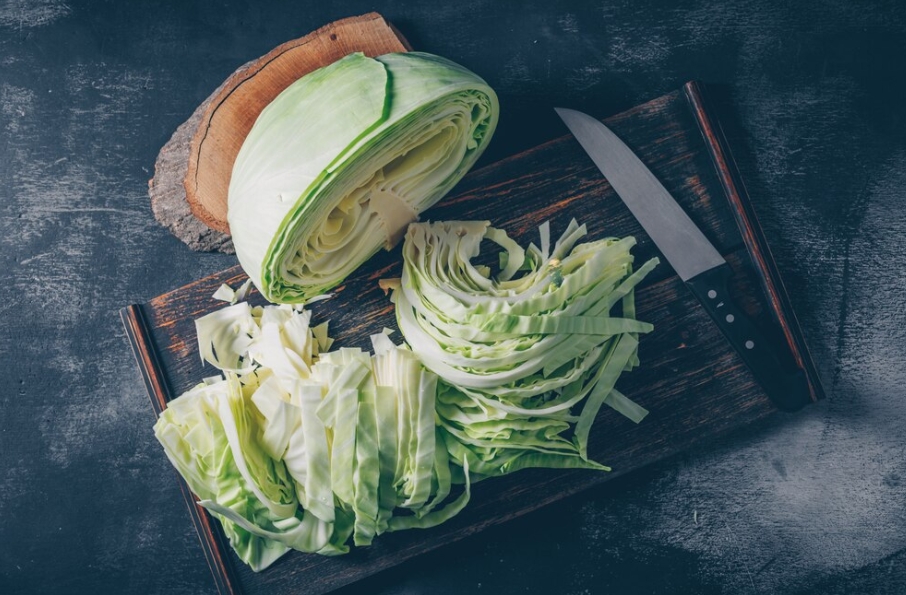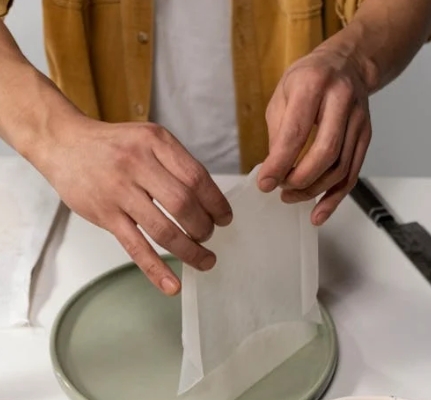Note
- You can use rice paper for a lighter, fresh version.
- Experiment with fillings—shrimp, mushrooms, or tofu are great options.
Journey of Spring Rolls
A rich culinary heritage, celebration, and prosperity are all echoed in the meal known as spring rolls. Their origins can be traced back to ancient China, when they were first produced as a seasonal treat for the Spring Festival, also called the Lunar New Year. Because of their similar shape and color to gold bars, these golden rolls were a sign of prosperity and good fortune. Spring rolls became a trademark dish in China and other parts of Asia as the tradition expanded widely.
Spring rolls were originally called "chun juan," which means "spring rolls" in Mandarin. A literal celebration of the bounty of the new season, they were fashioned with thin pancakes stuffed with fresh spring veggies. The dish started to change over time as regional variants appeared. Spring rolls evolved into a canvas for culinary innovation, from fresh rice paper versions in Vietnam to crispy fried rolls in Southeast Asia. They were modified to fit the unique ingredients and tastes of each culture, demonstrating the adaptability of this popular food.
The simplicity of spring rolls is what makes them so magical. The thin, flexible sheet that serves as the wrapper is the ideal medium for a riot of flavors and textures. The versatility of the roll is unparalleled, whether it is stuffed with soft meats, crisp vegetables, or even sweet contents. In Vietnam, the "gỏi cuốn" or fresh spring rolls highlight the region's focus on seafood and fresh herbs. In the meantime, lumpia—both fried and fresh—became a beloved meal in the Philippines.
The seasonal and ethnic elements that are available are typically reflected in the filling of spring rolls. Pork, cabbage, and mushrooms are common fillings in China, and they are frequently seasoned with five-spice powder and soy sauce. Southeast Asian variations may feature glass noodles, prawns, and a variety of fresh herbs along with tart dipping sauces. The art of balance never changes—each roll is the ideal combination of umami, sweet, and savory flavors.
They developed a life of their own as spring rolls traveled to the West. Restaurants started serving them as party snacks or appetizers, frequently with creative fillings like cream cheese, avocado, or smoked salmon. The versatility and international appeal of spring rolls are highlighted by their globalization. These days, you may get them in casual restaurants, fine dining establishments, and even grocery shops as frozen snacks.
The association of spring rolls with joy and symbolism is an intriguing observation. Food frequently has symbolic meanings beyond mere subsistence in many Asian societies. The golden look of spring rolls is seen by the Chinese as a symbol of wealth. Families get together to prepare and eat spring rolls during the Lunar New Year, which represents unity and the hope for prosperity in the years to come.
The development of culinary techniques is reflected in the evolution of spring rolls. Originally pan-fried, contemporary modifications may use baking or air-frying to satisfy health-conscious eaters. The core of spring rolls—a cuisine that evokes happiness, nostalgia, and a sense of ethnic pride—remains unchanged in spite of these modifications.
A special mention should be given to the dipping sauce that goes with spring rolls. Vietnamese fresh spring rolls are served with peanut or hoisin sauce, while traditional Chinese spring rolls are typically served with a mild soy-based dip. Thai spring rolls can be paired with a sweet chili sauce, which adds a sweet and spicy flavor to the crispy outside of the roll.
Spring rolls are an experience rather than merely a food. From carefully folding the wrappers to preparing the filling, the process of making them is almost meditative. Because everyone gets to appreciate a work of art, sharing them at a gathering provides a degree of shared satisfaction.
Spring rolls are a testament to the ability of food to transcend boundaries in today's globe. They serve as a reminder of our mutual appreciation of tastes, textures, and the backstories that accompany every morsel. Spring rolls link us to a history of culinary creativity and cross-cultural interaction, whether you're enjoying a freshly fried roll at a busy street market in Bangkok or a healthy baked version at home.
Keep in mind that every roll you produce as you start your own spring roll adventure is an extension of this tradition. From their origins in Chinese celebrations to their contemporary variations, spring rolls have spread around the world, bringing with them the qualities of abundance, rejuvenation, and freshness that characterize spring.
We appreciate you coming along on this tasty cultural and historical tour. May your masterpieces bring you happiness and pleasant memories as you savor the enchantment of spring rolls!






